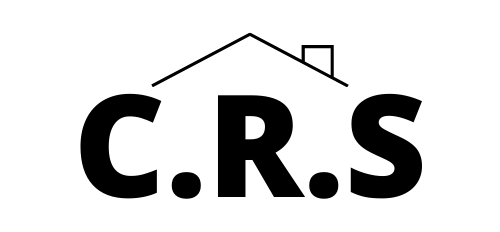
You can check for roof storm damage by inspecting it from the ground. Look for missing shingles or metal flashing. Inspect vents, exhaust piping and other protrusions for signs of damage. Water spots in the attic are also a sign of damage to the roof. To assess the extent of damage, you may have to hire a roof repair contractor. Listed below are some ways to determine whether your roof is requiring repair or replacement.
Inspect your roof from the ground
Before calling in a roof repair service, inspect your roof from the ground to see how damaged it is. Look for loose shingles, stains, moss, rust, and missing fasteners. Also check for cracked or crumbling shingles and cracks around the vents. Proper attic venting prevents excessive heat and moisture from entering the home and increasing the risk of ice dams.
Check for fallen tree limbs
If you’ve recently experienced a storm, you may have noticed that a tree has fallen onto your roof. This could damage your roof, siding, brick or stone, and even cause a hole in your roof. If a tree has fallen on your roof, it could also damage your gas lines. If you are unsure if your lines are still live, shut them off at the breaker box.
Look for impact marks or dents
A close inspection of the roof should reveal impact marks or dents. Dents or impact marks on the roof can be a sign of hail damage. Hail can also damage siding, windowsills, and gutters. A careful on-roof inspection will help you identify more impact points and better explain them to the adjuster. Be sure to look for impact marks or dents as you compare roof photos from different storms.
Check for water damage in the attic
The first thing to do when you notice water damage in the attic is to assess the area. You can check for leaks anywhere, but you should pay particular attention to areas where plates meet and where a lot of water is likely to accumulate. These areas include skylights, vents, and chimneys. Broken shingles or corroded flashing may also allow water to enter, as can overflowing rain gutters.
Check for ice dams
Inspecting your roof for ice dams is important to prevent serious damage to your property. They not only decrease your R-value and heat-retaining capacity, but can also cause structural damage. These ice dams can cause the interior of your home to blister and mold. They may also cause your rafters and structural beams to weaken. Here are some tips to prevent ice dams and avoid costly repairs.
